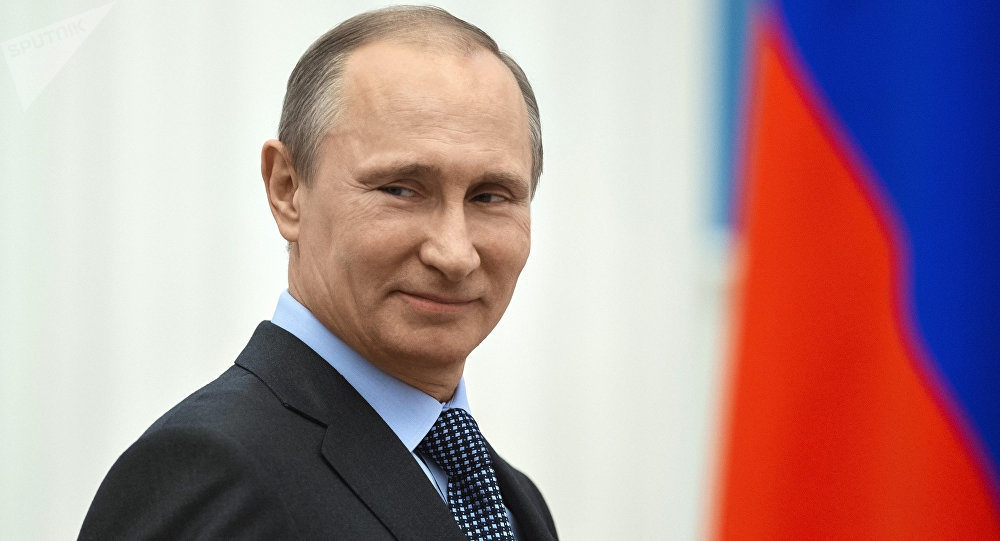
© Sputnik/ Sergey Guneev
Researchers from the University of Wisconsin-Madison have found there are three distinct varieties of smile - affiliation, dominance, reward - and people use different facial muscle combinations to forge them.
The findings could help individuals influence the outcome of games and negotiations, and even assist facial reconstruction surgeons.The team
cracked the smile code by gathering participants to review thousands of computer-generated expressions created using random combinations of facial muscles, although each one included some action from the zygomaticus (the facial muscle below the cheekbone that pulls the corners of the mouth into a grin, oft dubbed the "smile muscle").
Subjects were then asked for their perception of the smile - did it denote reward or dominance, was it affiliative, or was it not a smile at all?
Once sorted, the smiles were then shown to two further sets of observers, allowing the researchers to determine the muscular recipe behind each kind of grin.
The team found the "reward smile" is an individual's most intuitive, the kind of smile one would flash a baby, to induce a smile in return, or to denote they've behaved in a way you like. It involves a symmetrical hoist of the zygomaticus, plus a dash of friendly eyebrow movement.
The second type of grin is the affiliative smile - used to communicate tolerance, acknowledgement or a bond and to appear unthreatening, this involves a similar symmetrical upturn of the mouth, but spread wider and thinner with pressed lips and no teeth exposed.
Completing the trio is the dominance smile - used to signify status in social hierarchies, the smile becomes asymmetrical, resembling a lopsided sneer. Oddly however, this look is often combined with raised eyebrows and lifted cheeks, typically associated with expressing enjoyment.
"When distinguishing among smiles, both scientists and laypeople have tended to focus on true and false smiles. The belief is if you smile when you're not happy, the smile is false. But people smile in many different circumstances and during many emotional states. So asserting that only smiles that result from states of happiness are 'true' smiles limits our understanding of this important facial expression," said Professor Paula Niedenthal of the University of Wisconsin-Madison.The researchers have already shared their findings with surgeons who repair and reconstruct facial bones and muscles - after all, these professionals often have to make choices that will affect a patient's expression for the rest of their life, so it's useful for them to know how different kinds of smiles are used in the world, and which muscles are involved in making them.
The results could also help to improve intercultural communication, as the smiles used can vary between countries and cultures.

Reader Comments
He s got em all going on lol